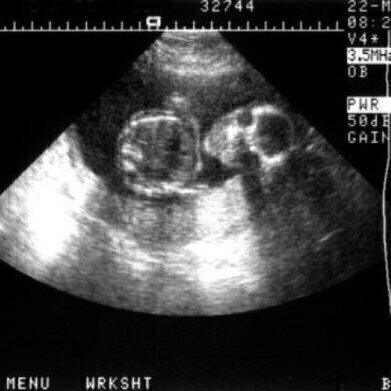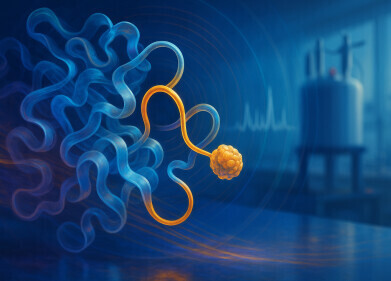-
 One woman has given birth to a healthy baby thanks to the treatment while a second is pregnant
One woman has given birth to a healthy baby thanks to the treatment while a second is pregnant
Microscopy & microtechniques
Breakthrough treatment allows infertile women to concieve
Oct 29 2013
An infertile woman has given birth to a healthy baby following treatment that induced eggs to grow. The new method of overcoming infertility in women was developed by researchers at the Stanford University School of Medicine, which has also resulted in a second woman becoming pregnant.
The breakthrough method is detailed in a study that has been published in the 'Proceedings of the National Academy of Sciences' journal. While developed in the US, the new method of treating infertility was tested by scientists at the St Marianna University School of Medicine in Japan.
Tested on women suffering from primary ovarian insufficiency, which results in the ovaries losing their natural function before the age of 40, the new method has successfully resulted in two women conceiving.
The new in vitro activation (IVA), builds upon previous research into fertility treatments and uses the evidence that the growth of follicles in the ovary is controlled by a signalling pathway, which is made from a number of different proteins.
Other research used within the new study showed that blocking the PTEN protein, which is involved in the pathway, can induce follicles that have become dormant to produce healthy eggs.
Building upon these findings, researchers discovered that a growth-arrest pathway, named HIPPO, is disrupted when the ovary is split into pieces. This pathway limits the amount of follicles that grow at any one time, which preserves the supply of eggs.
This treatment was used alongside one that involved a substance that altered the PTEN pathway, which resulted in the activation of previously dormant follicles and the growth of eggs allowing for fertilisation to occur.
Once the women had successfully developed eggs, they were collected and fertilised using sperm from their partners. The resultant embryos were then frozen before being implanted in the women's uteruses.
So far one woman who has undergone the complete procedure has not become pregnant, one is currently pregnant, while a third has had a baby. Two other women are currently preparing for embryo implantation.
Digital Edition
Lab Asia Dec 2025
December 2025
Chromatography Articles- Cutting-edge sample preparation tools help laboratories to stay ahead of the curveMass Spectrometry & Spectroscopy Articles- Unlocking the complexity of metabolomics: Pushi...
View all digital editions
Events
Jan 21 2026 Tokyo, Japan
Jan 28 2026 Tokyo, Japan
Jan 29 2026 New Delhi, India
Feb 07 2026 Boston, MA, USA
Asia Pharma Expo/Asia Lab Expo
Feb 12 2026 Dhaka, Bangladesh
.jpg)
-(2).jpg)
















